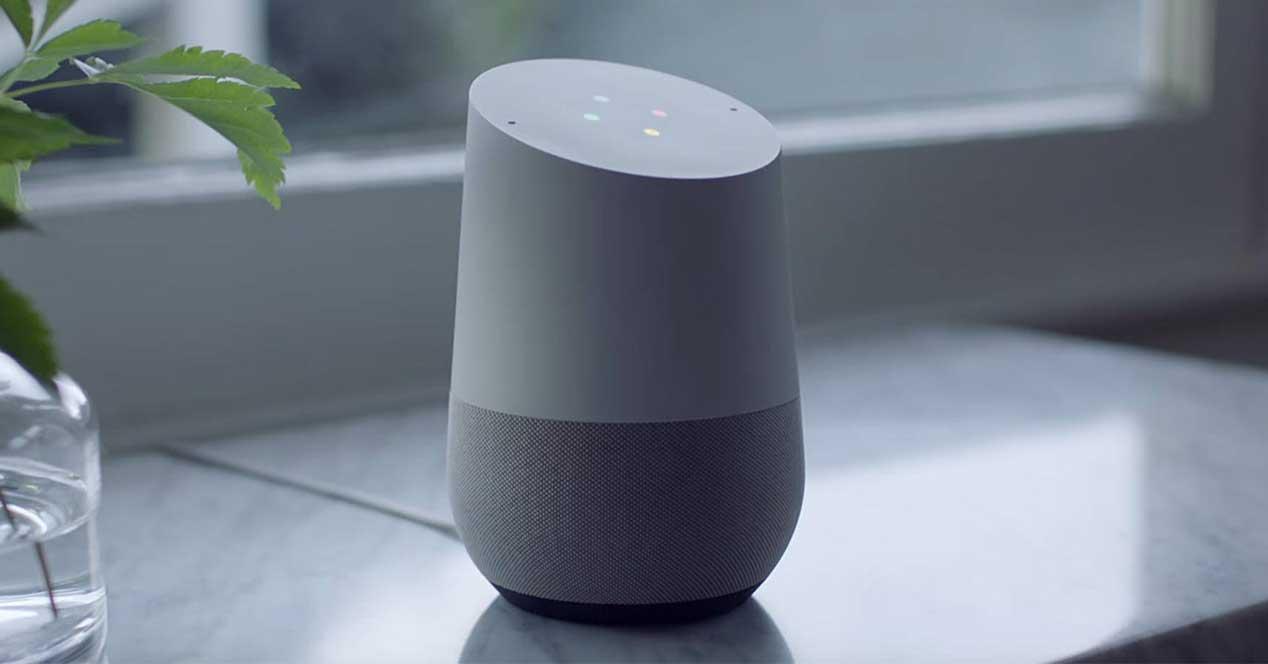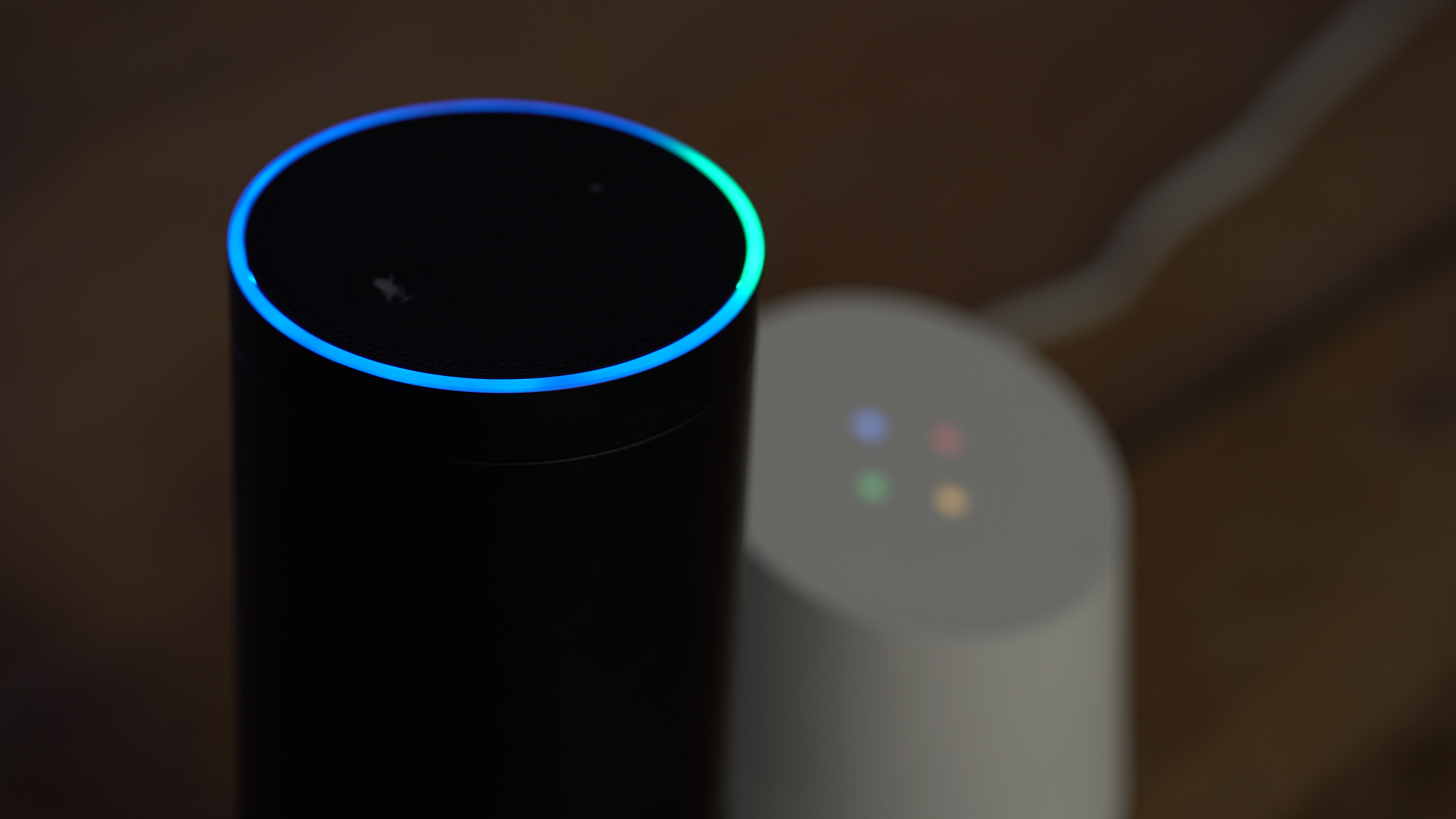Table of Content
- The connectivity of Homey and Google Home
- Google Home vs Google Home Mini: The winner
- Amazon Alexa vs. Google Home vs. Apple HomeKit: What's the Best Smart Home System?
- Easily control your Matter devices.
- Get added help with Nest services from Google.
- Google Home vs Mini: Microphones
- Before you read this, read this
"Hey, Google" and "OK, Google" are the only available options and are available for use by default. However, if you're using the Nest Hub Max, and have the Look and Talk feature turned on, you can issue commands to your Google Assistant without the need for a wake word. All you have to do is look at the Nest Hub Max and start talking. All of these problems together, and the timeline we’ve observed, really puts a bad taste in my mouth.

The Google Cast app, which was a companion for Chromecast devices, was renamed Google Home. That name has persisted, even though the physical devices are no longer branded as such. Nest Labs burst on the scene back in 2011, when it introduced the Nest Learning Thermostat. This was a revolutionary device, and it was the first time anyone was really excited about thermostats. The original Nest thermostat was a driving force in the rapid evolution of the smart home. With Google Home, your Nest and Matter devices work together reliably to help with your household needs.
The connectivity of Homey and Google Home
Chromecast built-in is a technology that allows users to stream entertainment and apps from their phone, tablet, or laptop, straight to the Chromecast-enabled device. Google Home is now over two years old, but it was built with Google Assistant in mind. It has two far-field microphones that are designed to pick up one's voice even when there is ambient noise around it. It has a touch-sensitive top area with four colored LEDs that light up and dance when activated.

Still, the Home Mini holds its own, and does so in a form factor that is less than a quarter the size of the Google Home itself. And if the sound quality from the Home Mini isn't good enough, it supports outputting music to a Chromecast Audio-connected speaker system. The Home Mini is the entry point to Google's smart speaker lineup, and it's as fun to use today as ever. If you're looking to play podcasts, listen to the news, or get Assistant to control your smart home, this is your best bet. Both will allow you to place phone calls through your smart speakers.
Google Home vs Google Home Mini: The winner
Still, I'm giving this category to the Home because extras aside, the Home's ability to group your speakers and cheaply control your TV makes it wonderfully useful as a whole home entertainer. You can group multiple speakers to play one song simultaneously in multiple rooms of your house. If you’re choosing between the two products, those points of differentiation are likely the most important ones to consider. Much of the price difference boils down to what’s in the guts of each product, as you’ll see in the next few comparisons of their other specs. Here to check out our thorough examination of each of these devices.

The Echo won round 1 by triumphing in the second and third categories -- let's see if that still holds true. Like the Echo, the Home functions as a source of entertainment, a personal assistant and a smart-home controller. When we reviewed the Home back in November, it couldn't keep up with the Echo on the latter two fronts.
Amazon Alexa vs. Google Home vs. Apple HomeKit: What's the Best Smart Home System?
With onboard Media EQ and Ambient IQ audio features, the Nest will adapt its sound to both the music you’re listening to and the environment the speaker is placed in. If you want to crank the treble or want even more bass, EQ options in the Google Home app allow you to make final adjustments to your Nest sound. The Hubs can do everything the dedicated speakers can do, but they can also show you results on the screen.
It just doesn’t make much sense that you can’t use the Nest app to set up the Google Nest Hub, or that your Google Nest thermostat uses a different app than the Google Nest speaker. In 2019, Google rebranded the Google Home range of devices as Google Nest. Google Nest devices come in a range of shapes and sizes, but the most prevalent, the Google Nest Hub, features a 7-inch touchscreen perched atop a speaker. Here we’ll look at common functionality that people use these voice assistants for and what the differences are between Alexa vs Google Home. Google Home can control more than 1,500 smart home products so you can ask it to turn on your microwave, turn up the lights, and switch off the TV.
If you’re in the market for a smart speaker, you may be considering the Apple HomePod and Google Home. Both respond to voice commands and connect to smart virtual assistants, so you can ask for news updates, traffic reports, and other information. Both also act as smart home centerpieces, letting you control other smart devices in your home. But they differ in price, design, audio quality, and other important aspects. The speakers themselves don't make that choice any easier, because both are quite good; the Echo has been our Editors' Choice winner for a long time, but the Nest Audio is a close runner-up. There are multiple devices that can connect to the Alexa assistant, including smart speakers, TVs and media boxes, phones, tablets, laptops, smart homes, wearables, and earphones.
However, Alexa has Guest Connect so you can access your own data and preferences on a friend’s Echo device. How do these brands stack up when it comes to voice recognition? Obviously, if you’re going to be speaking commands this is one of the biggest factors to consider. Including multiple options for how you might want to say the command. You have to use the word "trigger" to activate a customizable command with Alexa. We did that before the Home existed, though, and the Home puts up an admirable fight for smart-home supremacy as the Google Assistant is more flexible than Alexa about how you word your commands.
These Google Home devices are designed to respond to user voice commands. Users can listen to and control the playback of music and videos, as well as receive updates to the news and more. It is compatible with Google Assistant, allowing you to use voice commands to control the device from other Google Assistant-compatible devices.
Google Home is less expensive, works with more smart home products, and can differentiate between voices in your household to give each person individualized answers and results. Apple HomePod is a more powerful speaker when it comes to audio quality and does a better job of keeping your information anonymized and therefore private. In the specs for the device, Apple proudly shows off the HomePod’s high-excursion woofer and set of seven horn-loaded tweeters, each with its own custom amplifier. In simpler terms, it’s powerful enough to make music sound good, without losing bass or sounding tinny.


No comments:
Post a Comment